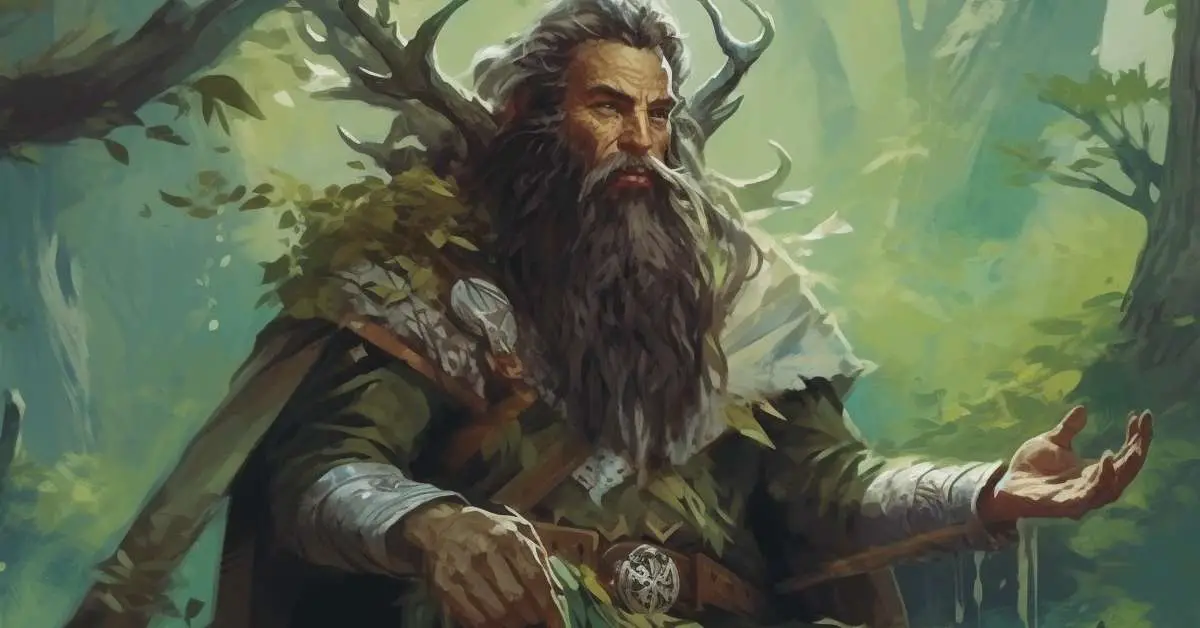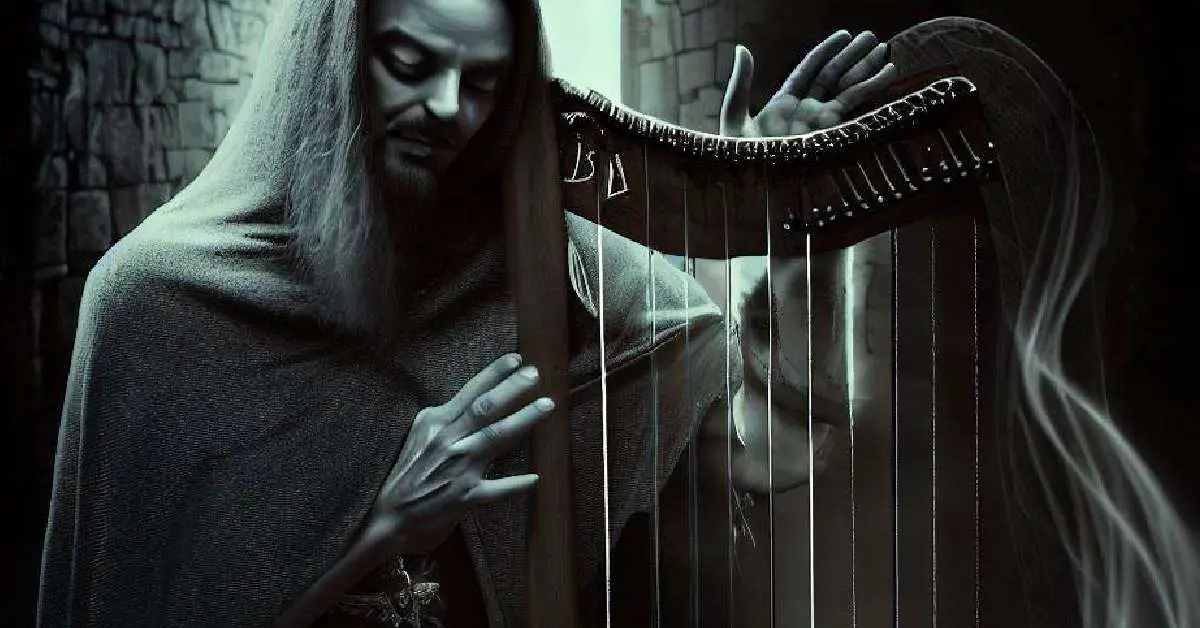
The allure of Dungeons & Dragons (D&D) lies in its depth, offering a plethora of unique characters, each woven with intricate abilities and dynamic storylines. Among these vibrant threads of characters, Druids often captivate players with their shapeshifting abilities and powerful nature-based magic. In particular, the Druid’s ‘Wild Shape’ ability garners special attention for its captivating concept and strategic utility. However, one question often niggles at the minds of D&D 5e enthusiasts: Can Druids cast spells in Wild Shape?
Let’s unfurl this enchanting scroll and delve into the fantastical world of D&D 5e to unravel the answer.
Deep Dive into the Druid Class
A quintessential connection to nature and a profound understanding of spells and magic forms the heart and soul of Druids. As a class, Druids possess a unique blend of abilities that make them adaptable to various scenarios in the game, whether they’re healing allies, summoning elemental forces, or transforming into mighty beasts.
Spellcasting, a crucial component of a Druid’s skill set, harnesses the power of nature to manipulate the battlefield, aid allies, and confound enemies. From summoning spectral animals to conjuring druidic circles, their spellcasting ability is a vital part of their identity. Understanding this dynamic aspect of Druids is key to addressing our primary question.
Understanding Wild Shape
Wild Shape, an ability Druids acquire at the 2nd level, allows them to transform into any beast they’ve seen before. It provides them with a myriad of strategic advantages, such as enhanced physical prowess, access to unique movement types, and the ability to evade enemy detection. Whether a Druid wishes to take to the skies as an eagle or prowl in the undergrowth as a panther, the potential applications of Wild Shape are extensive.
However, this transformative ability comes with its share of restrictions, which directly affect a Druid’s spellcasting potential while in beast form. Deciphering these rules is integral to understanding the relationship between Wild Shape and spellcasting.
Can Druids Cast Spells in Wild Shape?
As we venture deeper into the mystical thicket of Druid abilities, it’s crucial to address the core query: can Druids cast spells while in Wild Shape? The official Player’s Handbook, the ultimate authority for D&D rules, specifies that Druids can’t cast spells while using Wild Shape. But, as is the case with many rules in D&D, there are exceptions.
The Circle of the Moon, a Druidic subclass introduced in the Player’s Handbook, provides an exception to this rule. Druids who belong to this circle can expend two uses of their Wild Shape as a bonus action to transform and cast spells simultaneously, starting from the 18th level. However, this exception still maintains the condition that the Druid must abide by the physical limitations of their chosen beast form. So, if a spell requires vocalization, the beast form must be capable of making such sounds. Similarly, the beast form must have the necessary appendages to perform somatic components of the spell, and material components would need to be handled as well.
Exploring Exceptions: Specific Spells and Abilities
Venturing further into the thicket of exceptions, certain feats and abilities provide creative workarounds to the rule against casting spells in Wild Shape. For instance, the War Caster feat is a boon for spellcasting Druids, offering the ability to perform somatic components of spells even when the Druid has weapons or a shield in one or both hands. Considering that a Druid in Wild Shape has their equipment meld into their beast form, this feat subtly creates an opening for spellcasting in Wild Shape.
Another noteworthy point is the use of Concentration spells. If a Druid initiates a Concentration spell before using Wild Shape and maintains concentration, the spell continues to have its effect while the Druid is in their beast form. This allows for strategic combinations of spellcasting and transformation to maximize utility in various scenarios.
Strategic Tips for Using Wild Shape and Spellcasting Effectively
Leveraging the synergy between Wild Shape and spellcasting can significantly amplify a Druid’s tactical prowess. This section offers strategic insights to effectively meld these abilities, painting a vivid picture of their interaction on the D&D 5e battlefield.
One effective strategy involves casting spells with lasting effects or those requiring concentration before activating Wild Shape. For instance, a Druid might cast ‘Barkskin’ or ‘Flame Blade’ before transforming, allowing them to maintain the spell’s benefits while enjoying the advantages of their beast form. Maintaining concentration while in beast form can also prove to be a game-changer in battles and exploration scenarios.
Another strategy involves tactical use of the Circle of the Moon’s exceptional ability. A high-level Druid from this circle can use Wild Shape as a bonus action and then cast a high-damage spell, like ‘Blight’ or ‘Flame Strike,’ to deal significant damage in a single turn. Timing and situation awareness are key in employing this tactic effectively.
Remember, the guiding principle here is creativity. D&D is a game that encourages innovative thinking, and merging Wild Shape and spellcasting is no exception.
Conclusion
In the mesmerizing labyrinth of Dungeons & Dragons 5e, the rules, exceptions, and strategic intricacies blend to create a vibrant tapestry of gameplay. Our journey through the mystical paths of the Druid class, spellcasting, and the Wild Shape ability leads us to a nuanced understanding: while Druids generally cannot cast spells while in Wild Shape, certain exceptions and strategic maneuvers can bend these rules to the player’s advantage.
But, as in any role-playing game, the rulebook is not the endpoint. Instead, it’s a launchpad for the limitless cosmos of creativity, innovation, and storytelling that constitutes the heart of D&D. So, whether you’re a Druid seeking to explore the boundaries of your magical abilities, or a Dungeon Master designing thrilling challenges for your party, remember – the true magic lies in the synergy of rules and imagination.




